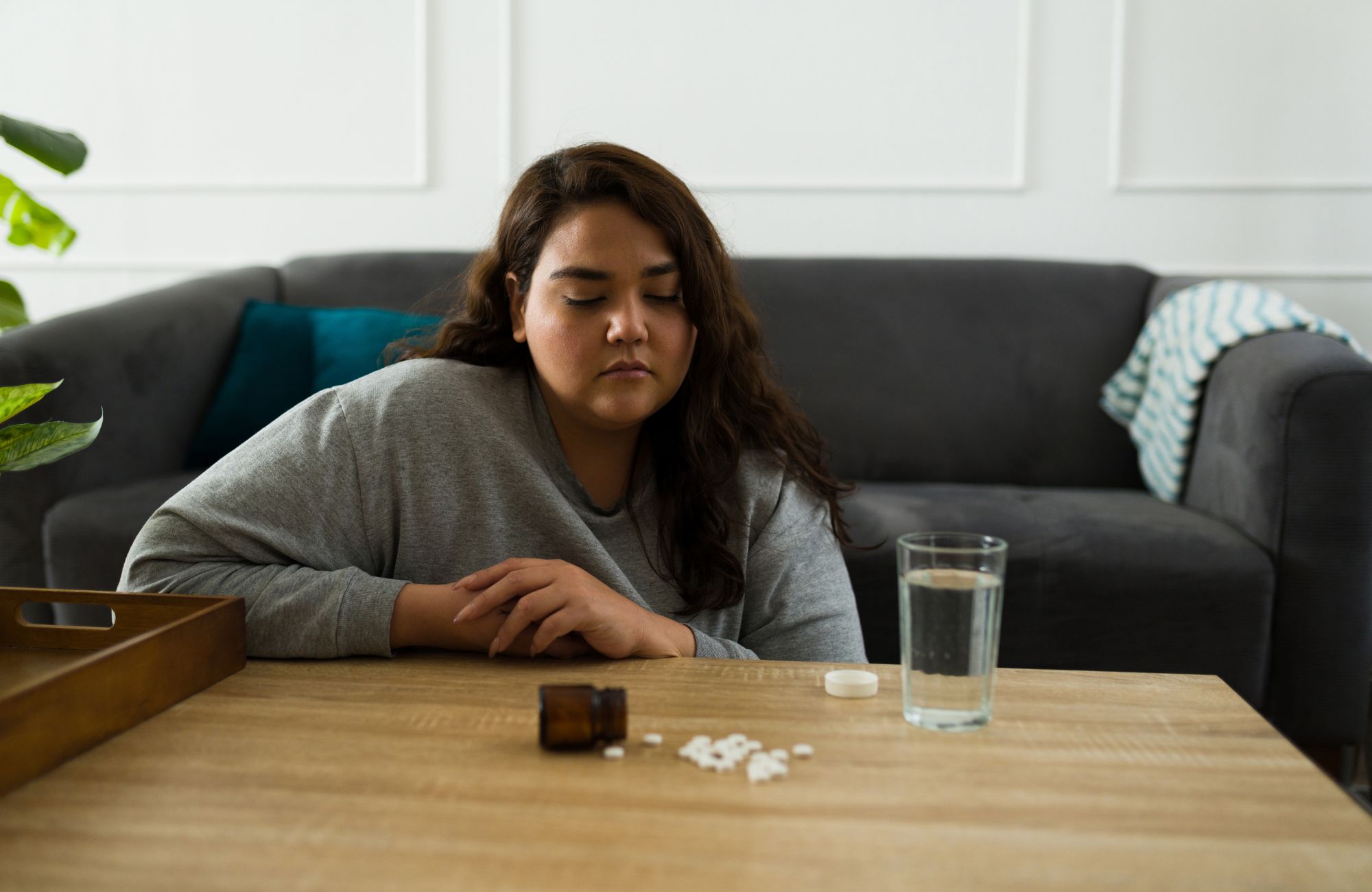Addiction can affect anyone. Behind every overdose is a real person, a family facing heartbreak, and a community left searching for answers. The impact goes far beyond the individual. It creates ripples that touch relationships, school performance, jobs, and emotional well-being across entire households and neighborhoods.
That’s why it’s so important to ask the question: how can we prevent substance abuse? The answer starts with awareness, early support, and open conversations. When we combine education with strong mental health care and positive community connections, prevention becomes not only possible but powerful. Together, we can take meaningful steps to protect lives before addiction takes hold.
What is Substance Abuse and Why Prevention Matters
Substance abuse involves the harmful use of drugs or alcohol that significantly impacts health, relationships, and daily life. Unlike casual use, substance abuse creates patterns of negative health effects and impaired decision making that interfere with work, school, and family responsibilities.
Addiction fundamentally changes brain chemistry, particularly in areas controlling judgment and impulse control. The National Institute on Drug Abuse explains that repeated substance use rewires neural pathways, making it extremely difficult to stop using harmful substances even when someone wants to quit.
This brain science explains why prevention is crucial. Once addiction develops, altered brain chemistry makes recovery challenging. However, preventing substance misuse before it starts protects natural brain development and decision-making abilities.
Common Risk Factors Include:
- Family history of addiction
- Mental health disorders like depression or anxiety
- Easy access to drugs or alcohol
- Peer pressure and social influences
- Trauma or adverse childhood experiences
- Academic or social struggles
Mental health plays a significant role in substance abuse risk. People with mental health conditions are twice as likely to develop substance use disorders. This connection creates a dangerous cycle where individuals use drugs or alcohol to self-medicate symptoms, but substance use actually worsens mental health problems.
Why Adolescence is Critical for Prevention
The teenage years are a critical window for preventing substance abuse. Research shows that the earlier someone starts using drugs or alcohol, the higher their risk of developing addiction later in life. This is largely because the adolescent brain is still developing, especially the areas responsible for decision-making and impulse control.
Teens are more likely to take risks and give in to peer pressure, especially during big life transitions like starting middle or high school, moving away for college, or coping with family changes. These moments often bring new social pressures and greater access to substances.
Delaying the first use of drugs or alcohol can make a big difference. Even just postponing use by a year or two significantly lowers the chances of long-term substance use problems. That’s why prevention efforts during adolescence are so important.
Evidence-Based Prevention Programs That Work
Research proves that well-designed prevention programs can reduce substance use by 20-30% when properly implemented. These evidence-based prevention programs have been scientifically tested and shown to produce positive results in real-world settings.
Three Types of Effective Programs:
- Universal Programs target entire populations, like all students in a school or community members. These programs address common risk factors and enhance protective factors for everyone, regardless of individual risk level.
- Selective Programs focus on groups with specific risk factors that increase their chances of substance abuse. Examples include programs for children of parents with addiction or teens experiencing family problems.
- Indicated Programs work with youth who have already started experimenting with substances. These programs provide early intervention to prevent progression to more serious substance use disorders.
The most effective prevention programs share common elements: they teach life skills, build resistance to social pressure, improve communication abilities, and provide healthy ways to manage stress and make good decisions.
Family-Based Prevention Strategies
Families play the most significant role in preventing substance abuse. Strong family relationships serve as powerful protective factors that reduce the risk of developing substance problems.
- Open Communication: Have regular, honest talks about drugs and alcohol. Early, age-appropriate conversations help kids understand risks and feel safe asking for help.
- Clear Expectations: Set clear rules about substance use and follow through. Teens are less likely to use drugs when they know the family’s expectations.
- Quality Time: Spending time together—like sharing meals or activities—builds strong bonds and lowers the chances of risky behavior.
- Positive Role Modeling: Show healthy ways to handle stress and emotions. Kids often follow what they see, so model responsible behavior and coping skills.
Monitoring and supervision also play crucial roles in family-based prevention. Parents who know where their children are, who they’re with, and what they’re doing can intervene before problems develop. This doesn’t mean being overly controlling, but rather staying involved and aware.
School and Community Prevention Approaches
Schools and communities play a vital role in supporting substance abuse prevention. School-based programs that include engaging lessons, peer mentorship, mental health support, and extracurricular activities help students build healthy habits and make safer choices. A consistent, supportive environment at school reinforces what families teach at home.
Community-wide efforts are just as important. When schools, healthcare providers, law enforcement, and local organizations work together, they can shift social norms, reduce access to drugs and alcohol, and provide more positive opportunities for youth. These combined strategies help lower the risk of drug use and support long-term prevention.
Building Individual Protective Factors
While family, school, and community efforts are crucial, individuals can also take steps to reduce their own risk of developing substance problems. Building strong protective factors helps people resist pressures to use harmful substances.
Key Individual Protective Factors:
- Strong Self-Esteem: People who feel good about themselves and their abilities are less likely to use drugs or alcohol to cope with problems or fit in with others.
- Goal Setting: Having clear academic, career, or personal goals gives people reasons to avoid behaviors that might interfere with their success.
- Healthy Coping Skills: Learning positive ways to manage stress, disappointment, and difficult emotions reduces the temptation to use substances for emotional relief.
- Social Skills: Strong communication and relationship skills help people build healthy friendships and resist peer pressure to engage in risky behaviors.
- Problem-Solving Abilities: People who can effectively work through challenges and conflicts are less likely to turn to substances when facing difficulties.
Building these protective factors takes time and practice, but they provide lifelong benefits that extend far beyond substance abuse prevention.
Warning Signs and When to Seek Help
Recognizing early warning signs allows for timely intervention before substance use becomes a serious problem. Many factors influence substance use, and early detection can prevent progression to substance use disorder.
Common Warning Signs:
- Sudden changes in friend groups or social activities
- Declining academic or work performance
- Changes in sleep patterns or appetite
- Mood swings or personality changes
- Loss of interest in previously enjoyed activities
- Neglecting responsibilities or commitments
- Physical signs like bloodshot eyes or unusual odors
If you notice warning signs of substance use, stay calm and start an open, non-judgmental conversation. Early intervention from a counselor, doctor, or mental health professional can make a big difference, helping young people recognize risks and make healthier choices before the problem grows more serious.
Special Considerations for High-Risk Populations
Some groups face increased risk and may need specialized prevention approaches. Understanding these populations helps communities develop targeted strategies that address specific needs.
High-Risk Groups Include:
- Youth with mental health disorders
- Children in foster care or juvenile justice systems
- LGBTQ+ youth facing discrimination or rejection
- Young people who have experienced trauma
- Students struggling academically or socially
High-risk populations often need specialized, culturally responsive support that addresses their unique challenges while building protective factors. For youth with both mental health and substance use issues, integrated treatment is essential. Treating only one without the other often leads to poor outcomes.
The Role of Mental Health in Prevention
Mental health plays a key role in preventing substance abuse. Conditions like depression, anxiety, ADHD, and post-traumatic stress disorder can increase the risk, especially when left untreated. Many young people turn to drugs or alcohol to cope, creating a harmful cycle of self-medication.
Prevention starts with access to mental health support, including counseling, therapy, and early intervention. Just as important is helping youth build emotional resilience by teaching them to manage stress, understand their emotions, and form healthy relationships. These skills strengthen both mental health and long-term substance abuse prevention.
Technology and Modern Prevention
Today’s prevention efforts must address digital age challenges while leveraging technology’s benefits. Social media, online communities, and digital platforms create new risks but also offer innovative prevention opportunities.
Digital Age Risks:
- Online drug markets and easy access to information about substances
- Social media glorification of drug and alcohol use
- Cyberbullying that increases mental health risks
- Reduced face-to-face social interactions
Technology-Based Prevention Tools:
- Educational apps and online resources
- Digital counseling and support services
- Social media campaigns promoting healthy choices
- Online support communities for families and individuals
Effective modern prevention integrates digital tools while maintaining focus on real-world relationships and support systems. Technology should enhance, not replace, human connections that provide the strongest protection against substance abuse.
Measuring Prevention Success
Effective prevention takes ongoing effort and regular evaluation. Communities and organizations need to track progress, measure outcomes, and adjust strategies to ensure their efforts are truly making a difference.
Key signs of success include lower rates of first-time substance use, delayed initiation, better academic and social outcomes, stronger family ties, and more people seeking help when needed. Long-term prevention works best when it’s supported by consistent funding, strong community involvement, and a willingness to adapt to new challenges over time.
Conclusion
Preventing substance abuse isn’t just possible. It’s powerful. By addressing risk factors early, supporting mental health, and building strong protective environments at home, school, and in the community, we can dramatically reduce the likelihood of addiction. Evidence-based prevention strategies not only save lives but also strengthen families and safeguard future generations. The earlier we act, the greater the impact. Especially during adolescence, when the brain is still developing. Prevention is our most effective tool. It starts with awareness, support, and meaningful action.
If you’re concerned about substance use or want to learn how to protect your child, family, or community, Kieval Counseling is here to help. We offer in-person therapy in Woburn, MA, and virtual sessions across Massachusetts. Call us today at 781-369-5644 to speak with a therapist or schedule a consultation. Your first step toward lasting wellness and prevention starts here.
FAQs
What is being done to prevent drug abuse?
Prevention efforts include evidence-based school programs, family education initiatives, community coalitions, and government policies that reduce access to substances while promoting protective factors like mental health services and youth engagement opportunities.
Which of the following is a good way to help someone who may have a substance use disorder?
The best approach is to communicate with compassion without judgment, encourage them to seek professional help from qualified treatment providers, and offer ongoing support throughout their recovery journey.
How to prevent substance abuse in the workplace?
Workplace prevention includes implementing clear substance use policies, providing employee assistance programs, offering stress management resources, creating supportive work environments, and training supervisors to recognize warning signs and make appropriate referrals.
What is the most common way that people resolve their substance abuse problems?
Most people recover through a combination of professional treatment (counseling, therapy, or medication-assisted treatment), peer support groups, family involvement, and developing healthy coping skills, though the specific approach varies based on individual needs and circumstances.





